
Who Will Let The Dogs Out
Our mission is to raise awareness and resources for animal shelters nationwide, supporting homeless dogs and the heroes who fight for them with practical solutions that save lives.
Your Support Equals Real Change
Every donation directly supports shelters with resources, training, and life-saving programs.
Shelter Visits
Heroes Helped
States Reached
Shelter Resources
Sign Up For Updates
Sign up to stay up to date with everything we’re doing! Each month, our team shares blog posts, ideas, resources, tips, grant deadlines, and more, focused on one issue critical to shelter and rescue. We tackle new topics each month, like spay/neuter, senior dogs, foster programs, social media, and more.
Who Will Let The Dogs Out
Through nearly 200 visits to shelters across the US and conversations with hundreds of dedicated professionals—animal control officers, shelter and rescue directors, advocates, veterinarians, and volunteers—this book sheds light on the crisis facing shelters today. But more than just exposing the challenges, it offers real, actionable solutions.
Stories and Solutions for Shelters and Rescues
“Who Will Let the Dogs Out goes beyond just raising awareness—it presents practical, achievable ways that every community can transform its shelter system to save lives. Whether you're a seasoned rescuer or a compassionate animal lover, this book will inspire you to be part of the solution.”
~ C.J. English, Amazon #1 Best-Seller in Animal Rights
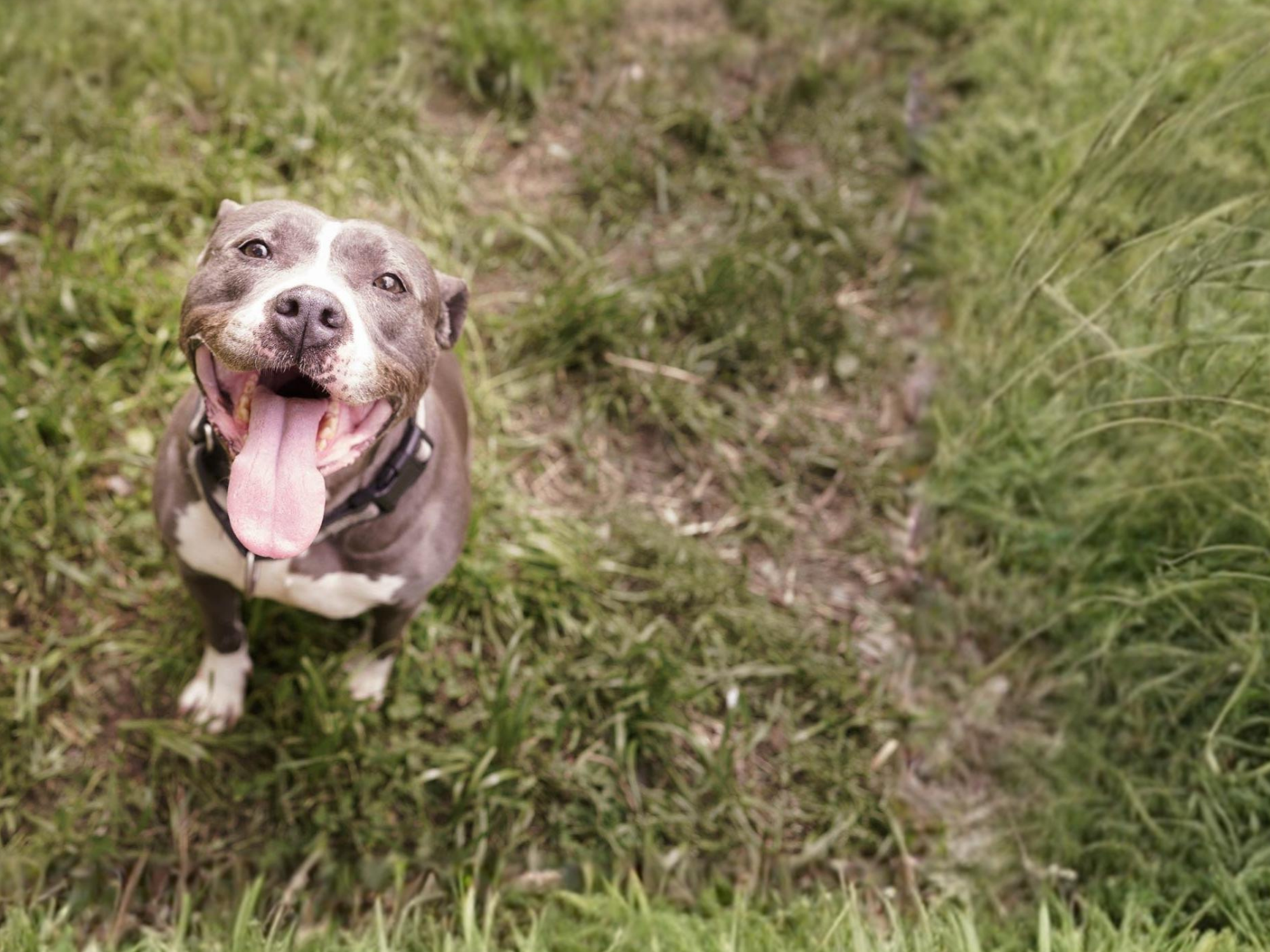
Let’s Make A Difference Together
We believe every community can transform its animal shelter system to save more lives through leadership, veterinary access, and most importantly, community engagement. Our mission focuses on raising awareness and providing critical resources for animal shelters nationwide through education, advocacy, and direct support that creates lasting positive change. By visiting shelters firsthand, we understand their unique challenges offer ideas, resources, and solutions to help them save more lives. Join our volunteer team and become part of the solution by donating, spreading awareness about animal welfare, or providing hands-on help to support local animal shelters in their life-saving work that gives every dog a second chance.
Latest Stories and Insights
We Support Animal Shelters and Rescue Organizations
Partner Shelters
Discover the incredible animal shelters and rescue organizations we support across the country. Learn about their unique challenges, innovative solutions, and the heroes working tirelessly to save lives every day.
Shelter Tours
Shelter tours involve visiting shelters in person to understand their work, challenges, and resources. Having visited over a hundred shelters, we provide advice, support, and a unique perspective to help them save more dogs.
Resources + Tools
Access comprehensive guides, best practices, operational tools, and educational materials designed to help animal shelters improve their life-saving programs and adoption outcomes.
Shelter Success Stories
Read inspiring transformation stories showcasing innovative shelter programs, community partnerships, and the positive impact of proper funding on animal welfare outcomes.
Fundraising Opportunities
Find information about grants, fundraising strategies, and financial resources available to animal shelters and rescue organizations to expand their capacity and impact.
Volunteer + Support
Find information about grants, fundraising strategies, and financial resources available to animal shelters and rescue organizations to expand their capacity and impact.
Shoutout To Our Sponsors
We partner with generous and mission-driven organizations who share our commitment to animal welfare and shelter support. These incredible businesses and foundations help us provide critical resources, funding, and awareness to animal shelters nationwide. Their sponsorship makes it possible for us to visit shelters, distribute free educational materials, and connect rescue organizations with the support they need to save more lives.
We encourage you to support their businesses, thank them for their commitment to homeless dogs, and recognize their vital role in transforming our shelter system. Together with these partners, we're building a community dedicated to creating lasting positive change for animals in need.


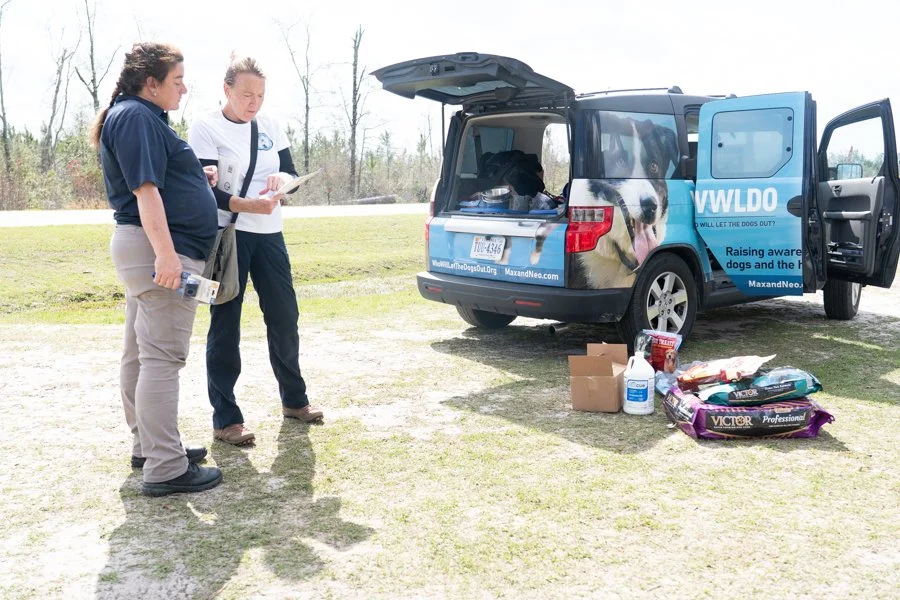

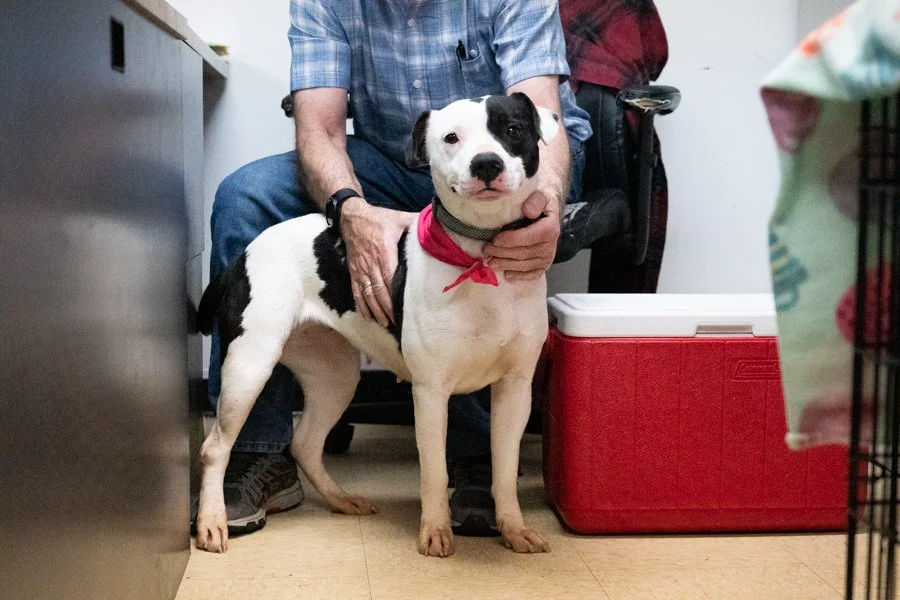
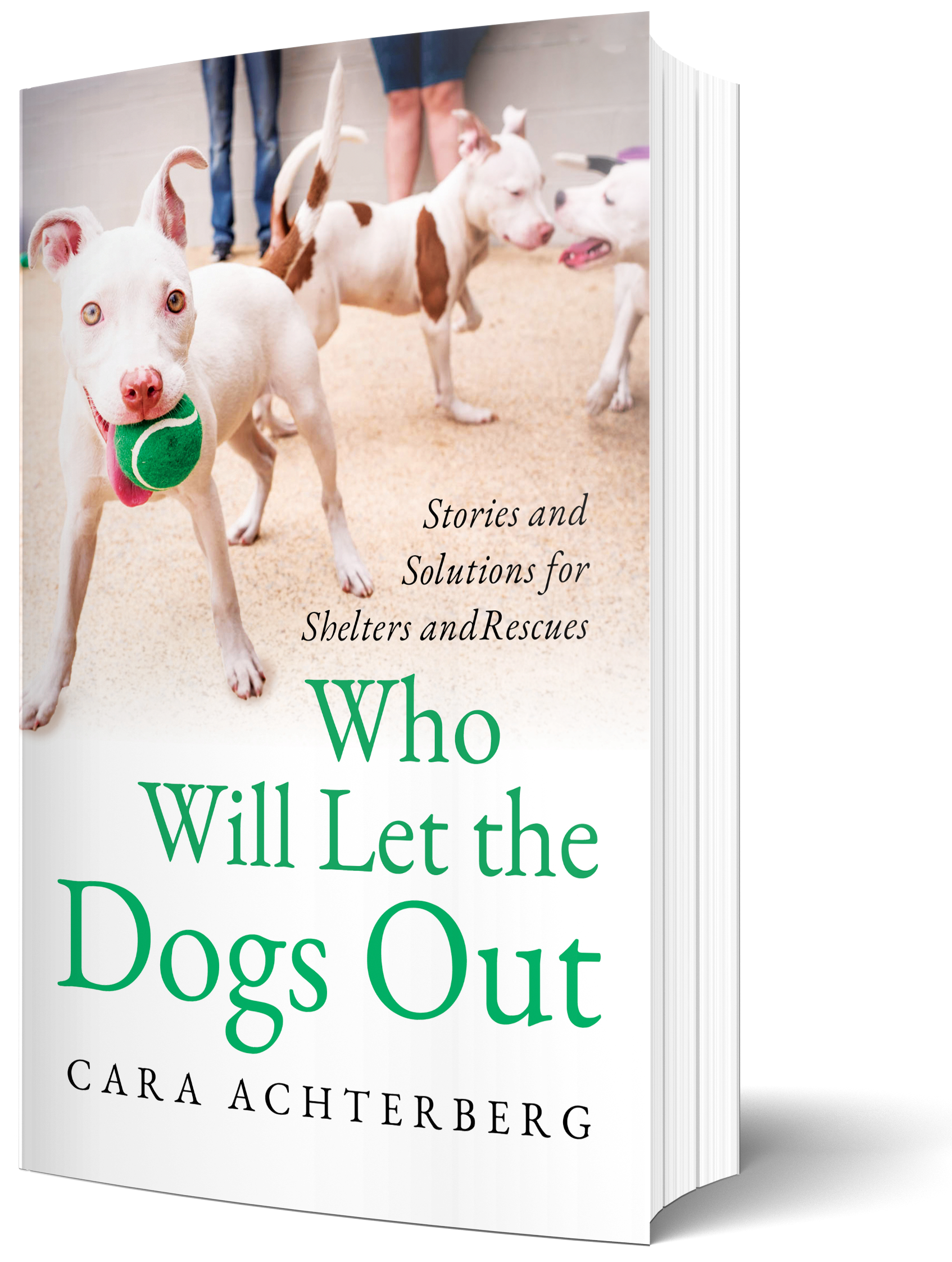


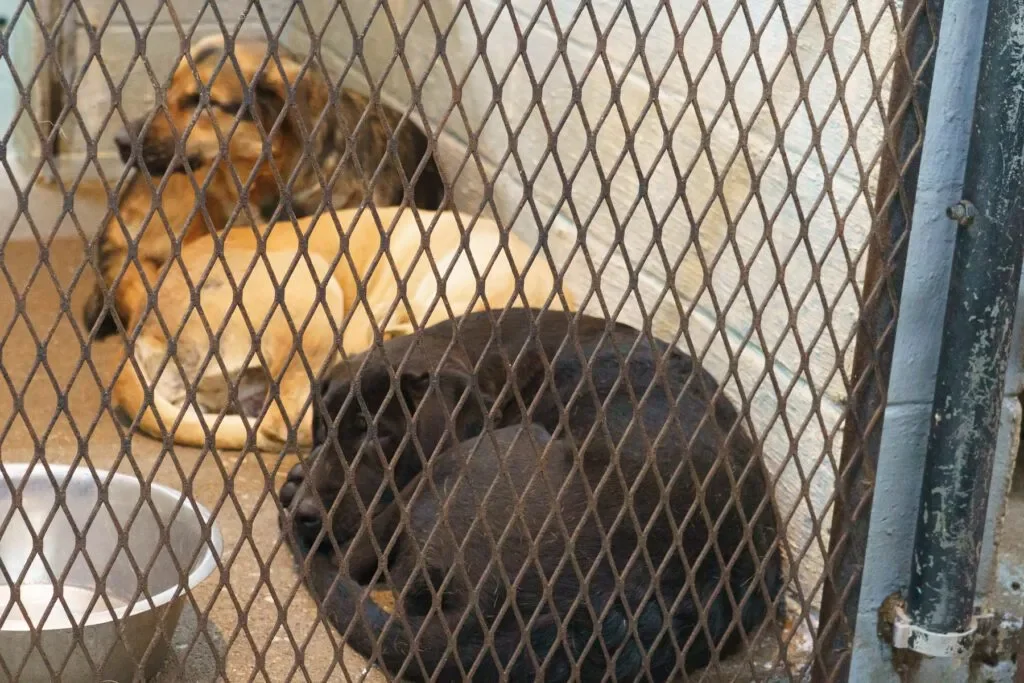





Learn how to build successful foster programs for your shelter. Proven recruitment strategies, training tips, innovative program ideas, and best practices from leading rescues.